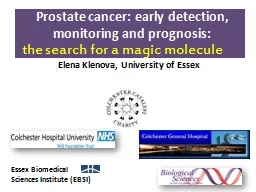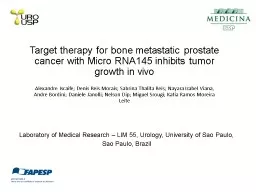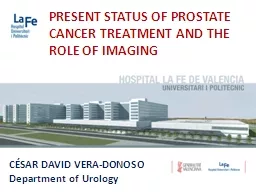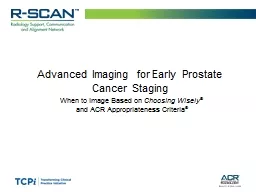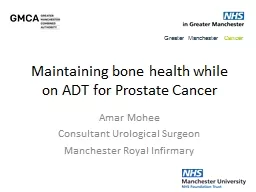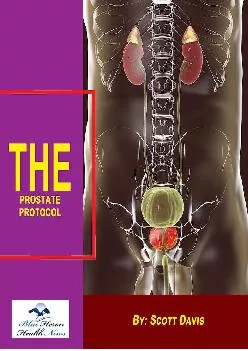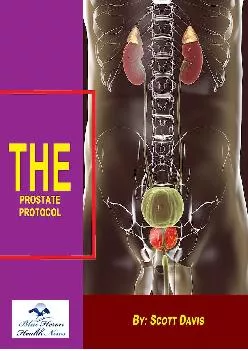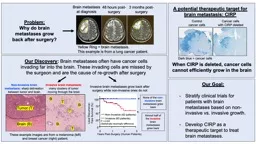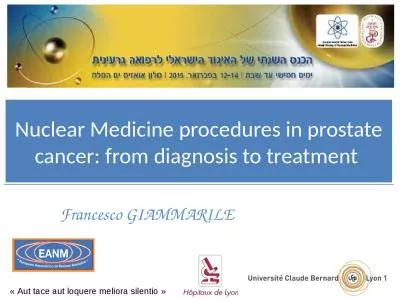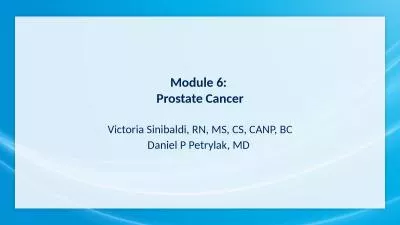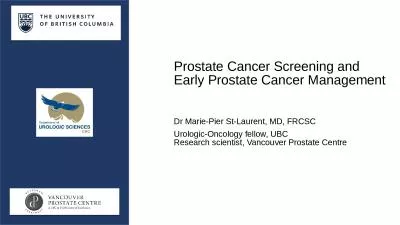PPT-ADVANCED PROSTATE CANCER: BONE ISSUES AND METASTASES
Author : min-jolicoeur | Published Date : 2019-11-20
ADVANCED PROSTATE CANCER BONE ISSUES AND METASTASES Samuel Denmeade MD Professor of Oncology Urology and Pharmacology The Johns Hopkins University School of Medicine
Presentation Embed Code
Download Presentation
Download Presentation The PPT/PDF document "ADVANCED PROSTATE CANCER: BONE ISSUES AN..." is the property of its rightful owner. Permission is granted to download and print the materials on this website for personal, non-commercial use only, and to display it on your personal computer provided you do not modify the materials and that you retain all copyright notices contained in the materials. By downloading content from our website, you accept the terms of this agreement.
ADVANCED PROSTATE CANCER: BONE ISSUES AND METASTASES: Transcript
Download Rules Of Document
"ADVANCED PROSTATE CANCER: BONE ISSUES AND METASTASES"The content belongs to its owner. You may download and print it for personal use, without modification, and keep all copyright notices. By downloading, you agree to these terms.
Related Documents


